The Death of The 60/40 Portfolio
March 23, 2023
What is the 60/40 portfolio, and where did it come from?
50 years ago – investors used to do a lot of guessing, basing their insights on casual observations rather than math and science.
Stock market observers noticed that when the stock market collapsed, bonds didn’t fall with it. While bonds didn’t pay much, they generally held their value or at least recovered quickly. Hence, they were negatively correlated or exhibited a low correlation to the stock market when the market corrected. Bonds “appeared” to be a safer bet.
What is the 60-40 rule?
From this guess grew an arbitrary, unscientific “rule of thumb” that the number of bonds you should own should match your age. This theory suggests that a 20-year-old’s portfolio should consist of 80% equities and 20% bonds. So, since the average age in North America at the time was about 40, a 60/40 asset mix portfolio was the perfect asset mix for an average individual. It was right in the middle.
Why the 60/40 portfolio is no longer good enough
There’s one simple, immutable fact that exposes the archaic urban myth of the 60/40 portfolio.
While bonds reduce a portfolio’s volatility and can temporarily protect value during periodic corrections and compressions in the stock market, bonds do not protect a portfolio from an inflationary environment, much like the one we experienced in 2022 and into 2023.
Today, investors have a much greater understanding of financial markets. We use a scientific method called Modern Portfolio Theory to achieve the same low level of volatility or risk that bonds provide against normal market corrections by employing math and science to construct portfolios with negatively correlated components that trend upward over time but hedge each over the short term, moving in different directions to reduce volatility.
Yet even today, virtually every bank and most investment dealers continue to sell these 60/40 portfolios to individual investors. The only way anyone could have “won” by buying and holding 10, 20 or 30-year bonds at 1 or 2% interest – is IF interest rates fell further and had gone negative. Which was a very low probability at that time in North America.

Why do people keep buying the portfolio?
The popularity of the 60/40 portfolio is largely due to its wide adoption and promotion by financial institutions and advisors. Many people continue to follow this asset allocation model because they have heard of it before and believe it to be a “tried and true” approach.
In some cases, investors may not have the time or inclination to research and understand alternative investment strategies, so they stick with what they know. The 60/40 portfolio is a well-established and recognizable approach, and many investors may feel more comfortable using it than trying something new and unfamiliar.
Additionally, the 60/40 portfolio is a commonly recommended approach by financial advisors and institutions. This reinforces its popularity and can create a sense of trust and reliability among investors.
60/40 portfolio returns in 2022
Today, not only have 60/40 portfolios had meagre historical returns over the past 20 years, but due to inflation, bonds had their worst year on record in 2022.
The 40% held in bonds will generate permanent losses if sold and relative losses which can never be recovered, even if they’re held to maturity.
Of course, there are certain specific situations when a significant component of bonds may be appropriate or even mandated. Additionally and ironically, with bond rates rising over the past year, bonds are now more attractive today than they have been since the financial crisis 15 years ago…
This is not to say you shouldn’t own bonds – but it’s important to know that this is a highly outdated and simplistic investment strategy.
In summary, 60/40 portfolios will have difficulty recovering from today’s inflationary-driven market correction – and hopefully, this market correction will kill the archaic and obtuse 60/40 portfolio for good!
Do You Want To Know More?
Give us a call, let's have a chat.
Ask all your questions, get all the answers and hear about all the benefits. Don’t worry, we are sure we can find a custom solution for your specific case.
Call us at +1 (604) 643-7337
Email us at nmciver@cgf.com


